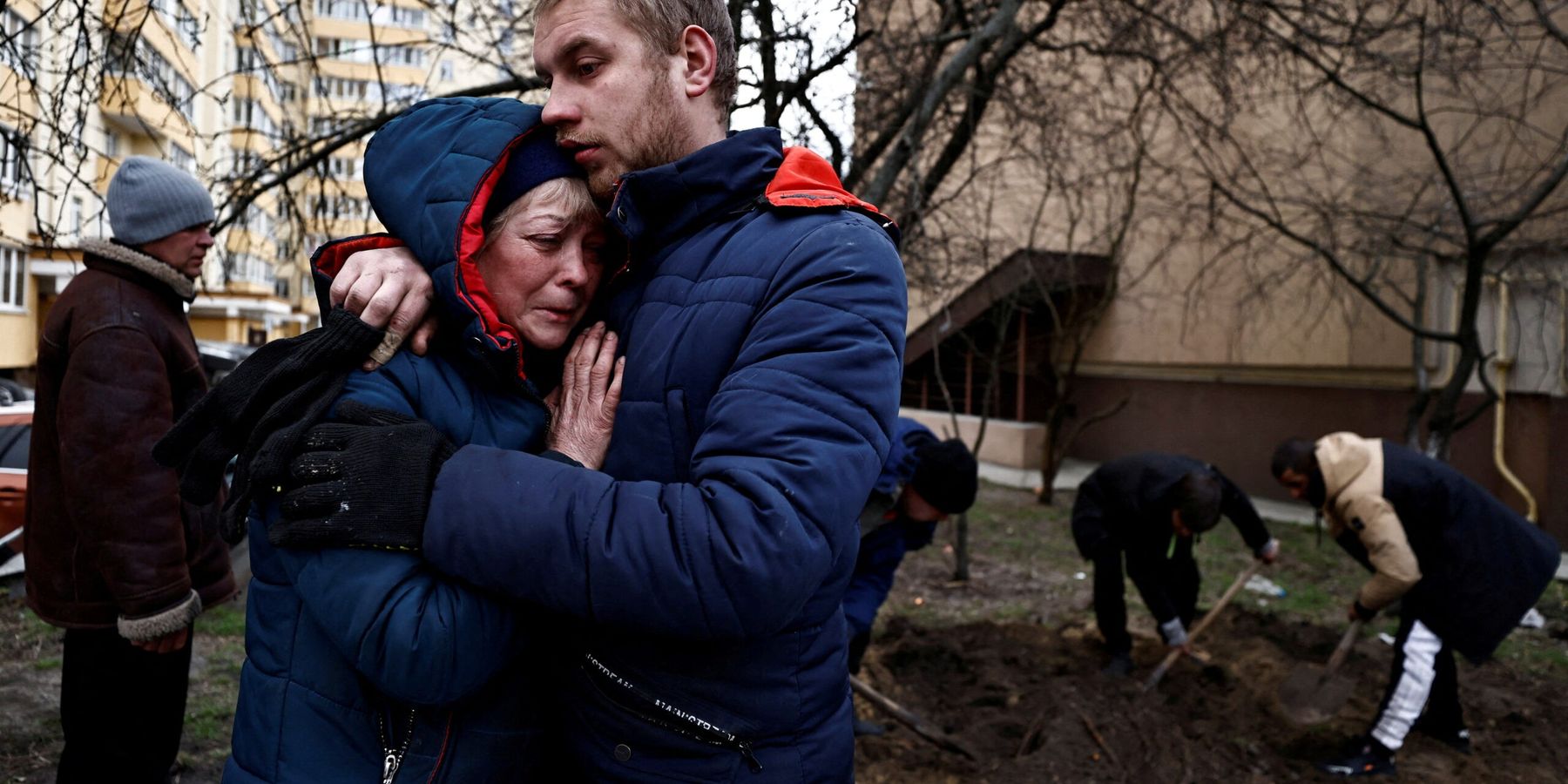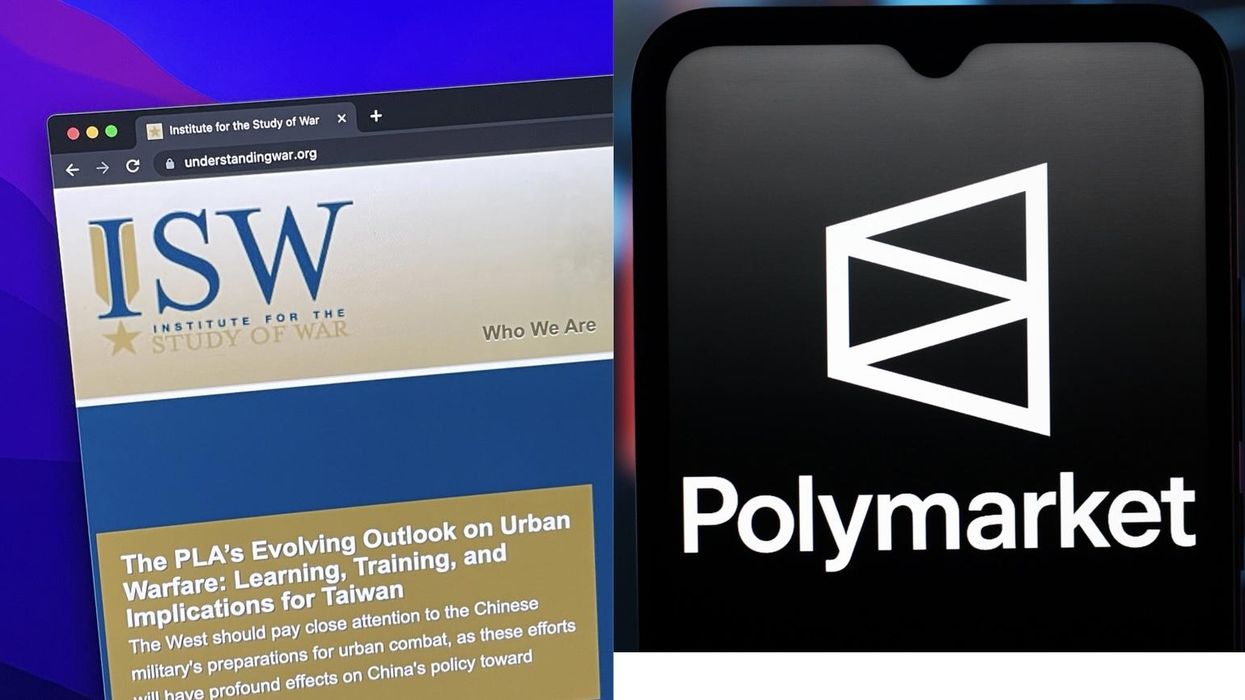The deeper Ukraine’s demographic crisis grows as a result of its ongoing war with Russia, the more its long-term viability as a state teeters.
This sentiment is common among Ukrainian expats in Europe, according to several who spoke to me during three visits to Poland in recent years. Most had begun the war with patriotic zeal, with many believing in the possibility of a total Ukrainian victory.
By the summer of 2024, almost all of them had trimmed their expectations as they wrestled with the fear that the United States and its allies had traded hopes of a total Ukrainian victory and for the more practical goal of weakening Russia. The most cynical believe that the United States adopted a mentality reminiscent of the Vietnam War’s Battle of Bến Tre, when an American commander quipped, "it became necessary to destroy the town to save it.”
My earlier visits reflected a more agitated mood, since many refugees and political pundits worried that Russia would continue to advance into Ukraine. By 2023, the Russian campaign had ground to a halt and devolved into brutal trench warfare, so the mood shifted to reflect the widely-held hope that Ukraine would hold on to its territories and perhaps begin to incrementally regain Russian-occupied territory.
Today, most Poles and Ukrainians feel confident that Ukraine will succeed in containing the Russian advance, although they fear the re-election of Donald Trump will result in less support and perhaps even pressure to negotiate a peace deal that would result in the surrender of Russian-occupied territories.
In Ukraine’s case, the demographic figures speak for themselves. According to a report by the Ukrainian Institute for the Future, the overall population had declined to 29 million people in 2023 — compared to 48.5 million in 2001.
Today, the exact figure remains difficult to establish, due to state capacity to conduct surveys throughout the country and the fact that several eastern EU countries have opened their border checkpoints to traveling Ukrainians. The most recent official figure comes from an October UN report, which estimates the population at an optimistic 35 million.
Moreover, the country's demographic pyramid has inverted due to aging, low birth rates, and emigration, such that there are roughly 9.5 million employed people whose taxes provide for 23 million pensioners, children, and unemployed people. However, in many cases, it is unclear whether those receiving government transfers currently reside in Ukraine or collect their benefits abroad. Furthermore, Ukraine depends not only on tax revenues but also on budget support from its allies to pay the salaries of public sector employees.
According to USAID, since 2022, the American government has provided $26.8 billion dollars in direct budgetary support to Ukraine’s government, in addition to billions more in military assistance and in-kind transfers of weapons. A 2023 press release from the U.S. State Department highlighted how American aid funded transfers to Ukrainian public sector employees, government officials, and pensioners. Without the support of the U.S. and its European allies, Ukraine would not only struggle to equip its troops, but also to maintain basic government services.
Thus, Ukraine, fresh off a deal to restructure its international debt, lacks the resources to attract military recruits with competitive salaries. Consequently, it has turned to conscription to shore up its forces, strengthening its military but weakening the economy. A report by the Financial Times from March 2024 found that of the 11.1 million Ukrainian men aged 25 to 60, 7.4 million were either already mobilized or were unavailable for reasons ranging from disability to employment in critical sectors.
Another 900,000 men of military age are not registered in any government systems and thus cannot be conscripted. Of the 3.4 million military-age men in the workforce, 600,000 are considered critical workers and thus unlikely to face conscription. The remaining cohort of potential conscripts therefore numbers just 2.8 million — roughly equal to the number of those who have fled or are disabled.
Consequently, Ukraine faces a 1-for-1 tradeoff between conscripting men into the armed forces or leaving them in the workforce, where they can support the government by paying taxes and otherwise keeping the economy afloat. A few Ukrainian insiders who spoke to me off the record insisted that the Ukrainian economy remains resilient, but admitted that it relies on funding from allies.
The decision to conscript more men will reverberate for generations due to its impact on the fertility rate. If Ukraine conscripts older men, it risks creating more widows and orphans who will likely depend on the state for survival. If it conscripts younger men, it risks further damaging the fertility rate and preventing more Ukrainians from being born at all.
Since Ukraine gained independence from the Soviet Union in 1991, emigration depleted the population while the fertility rate fell to 1.4 births per woman, according to BNE Intellinews. In 2023, Ukraine — including its Russian-occupied territories — saw only 187,000 live births, the lowest rate in 300 years.
In April, President Volodymyr Zelenskyy split the difference by lowering the draft age from 27 to 25. But such actions have led many potential conscripts to take desperate measures. For example, the Wall Street Journal reported in July on the growing number of attempted crossings of the Tysa River on the border with Romania, and frequent drownings that have occurred as a result.
In recent months, several other efforts to boost recruitment have failed, and their failure has intensified political divisions within Ukraine.
In May, Zelenskyy announced that his government would suspend consular services for military-age men living abroad. At the time, I was living in Przemyśl, Poland, just 10 kilometers from the Ukrainian border. My Ukrainian interlocutors all expressed some combination of suspicion, anger, and fear.
Corruption and self-interest also play a role. Numerous expats bemoaned the conscription exemptions granted to government officials, as was reported in the Polish newspaper Do Rzeczy. One petition submitted to Zelenskyy’s office calls for conscription of customs officers, who are seen as especially corrupt.
Furthermore, a report from the Kharkiv Anti-Corruption Center found that numerous American-funded contracts for the fortification of Kharkiv were awarded to firms with dubious experience in building such defenses and to businesspeople of questionable repute.
In effect, then, a significant amount of money may have disappeared into the pockets of local power brokers and did not advance the security of Kharkiv, a major industrial center and a key goal of Russia’s campaign.
As Artem, a Ukrainian expat working as a chef in Vienna, told me, “Why would I entrust my future to some corrupt Soviet guy who doesn’t know anything about war? I can better provide for myself and my girlfriend and our kids by living abroad and saving up. Maybe one day we can go back, but not until corrupt leaders stop profiting off of their people’s desperation.”
In July, Polish Prime Minister Donald Tusk hosted Zelenskyy in Warsaw, where the two announced an agreement including plans to recruit, train, and equip Ukrainians living in Poland to return to Ukraine to fight.
However, despite initial enthusiasm, Poland’s defense minister, Władysław Kosiniak-Kamysz, noted in an interview that the numbers of volunteers are simply too small.
Revitalized American support might mean more money or better arms for Ukraine’s military but it cannot produce more Ukrainians to carry them into battle. As the Ukrainian government steps up efforts to replenish its troops from a dwindling supply of eligible military-age men, every soldier recruited to the front means one less worker and potentially one less father.
Today, Ukraine needs those men to fill the ranks of its armed forces. Tomorrow, it will need those men to return home, rebuild their lives, rebuild their families, and, ultimately, rebuild their country.
- Why isn't China going all out to help Russia in Ukraine? ›
- How can the war in Ukraine end? Let's count the ways. ›
- I was there: NATO and the origins of the Ukraine crisis ›
- Diplomacy Watch: Russia retaliates after long-range missile attacks | Responsible Statecraft ›
- US may push but Ukrainians balk at lowering draft age to 18 | Responsible Statecraft ›

















